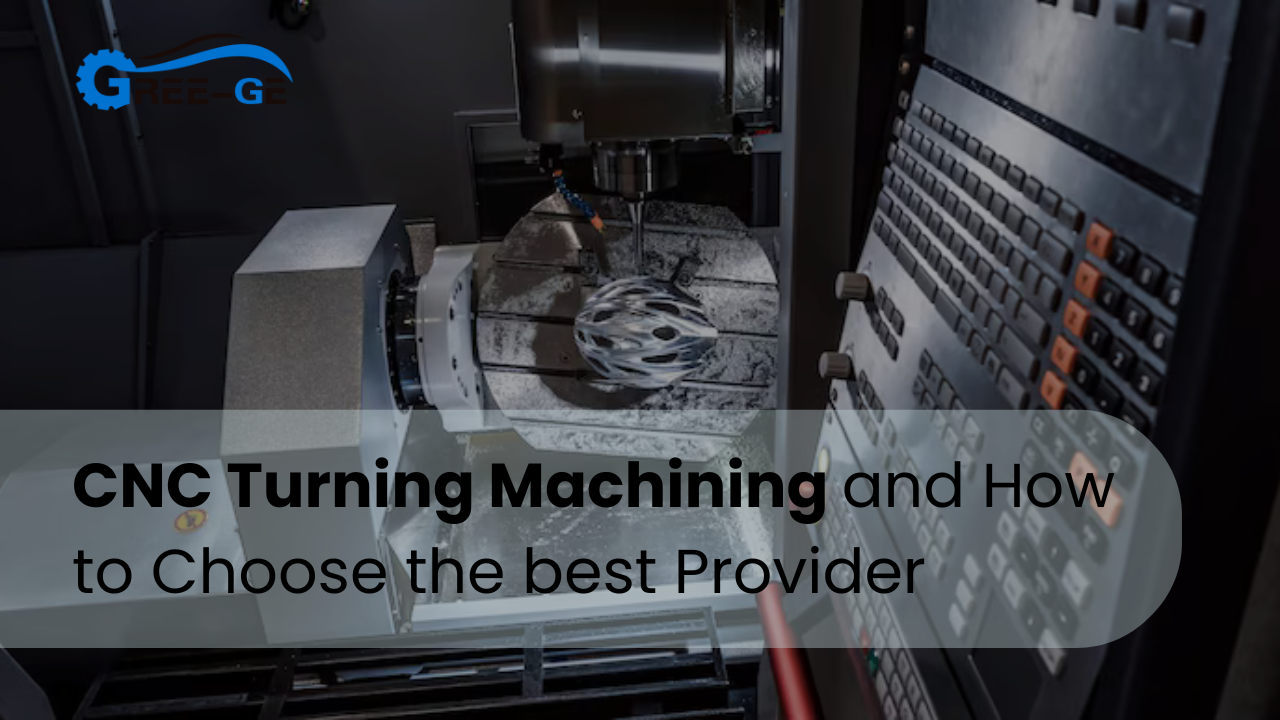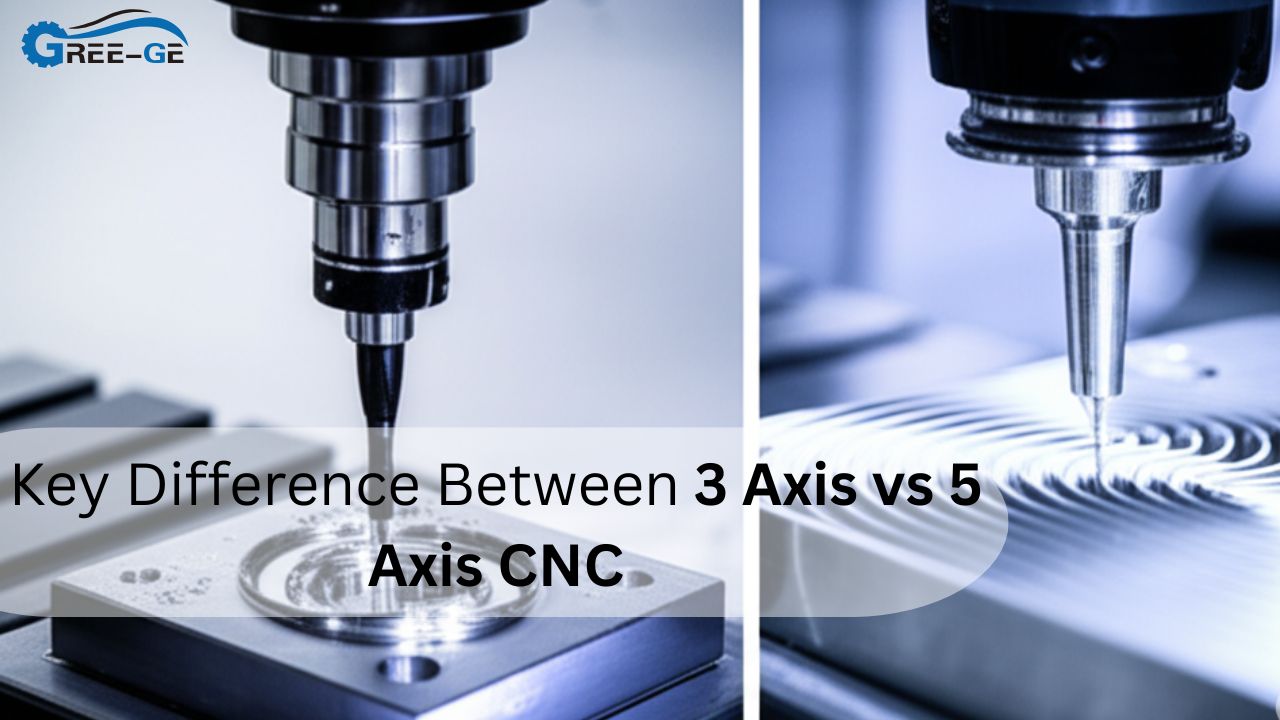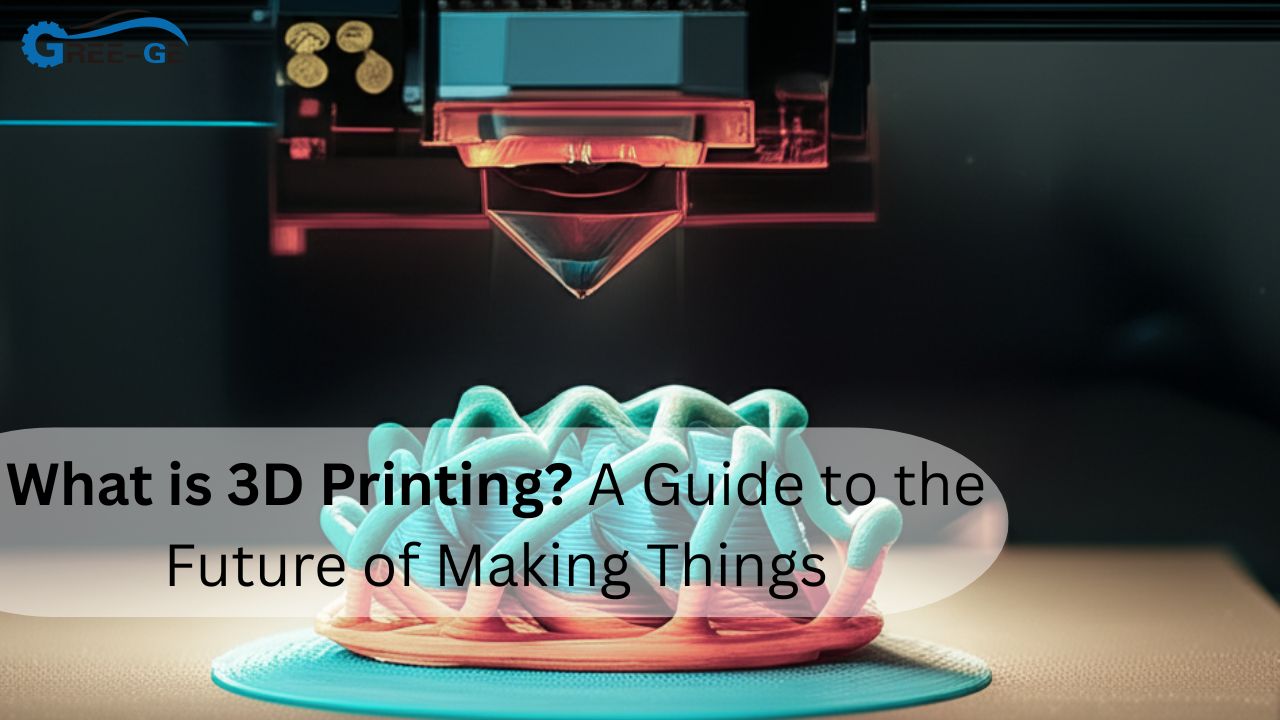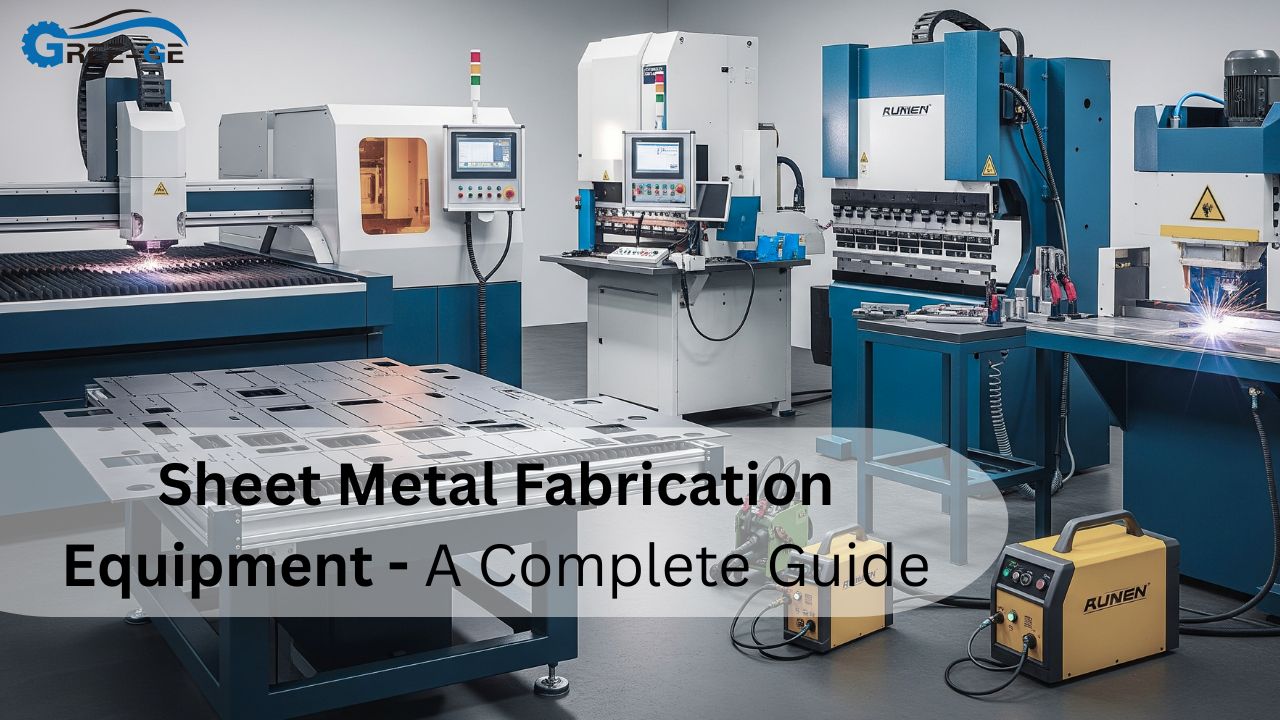Choosing a CNC turning machining supplier can feel like hunting for a needle in a very oily, metallic haystack. You want crisp edges, spot-on tolerances, and delivery dates that don’t move like goalposts. Meanwhile, each shop promises the moon—plus free coffee if you stop by. Sound familiar? Here’s the short answer: look for proven experience, up-t-date equipment, rock-solid quality control, clear communication, and pricing that matches value—not just the lowest cost.
In this guide, we’ll break down those points one by one, sprinkle in expert tips, and leave you smiling with a shortlist of shops ready to spin your parts to perfection.
Why CNC Turning Machining Quality Matters
Nothing ruins a project faster than a wobbly shaft or threads that refuse to fit. Quality in CNC turning machining is the difference between parts that slip together like Lego bricks and parts that wrestle you on the shop floor. A trustworthy provider doesn’t just meet prints; they understand end-use stresses, recommend better alloys, and keep an eye on tool wear so your parts stay consistent from first cut to the thousandth. That’s why smart buyers treat quality checks as non-negotiable, even before they talk about price.
Surface Finish Expectations
A good shop will ask where the part lives—inside a gearbox or on display. Polished, ground, or ready for paint? They’ll then match cutting speeds, coolant, and inserts to hit your Ra target without pricey secondary ops.
Dimensional Accuracy Benchmarks
Tolerance talk isn’t chit-chat. Confirm the provider owns metrology gear—CMMs, optical comparators—that measure to at least half your tightest spec. If they can’t prove ±0.005 mm today, they won’t magically manage it tomorrow.
Material Compatibility Checklist
From 6061-T6 to Inconel, metals behave differently under heat and stress. Ask for cut samples in your alloy. Their chips, color, and odor tell seasoned machinists whether feeds, speeds, and inserts are on point.
Assessing Provider Experience And Expertise
Experience shows in scarred vise jaws, well-worn calipers, and the calm way a machinist catches a dimension before you mention it. Dig into project photos, customer logos, and part counts completed last year. Three quick clues:
- Industry Mix – Medical and aerospace jobs scream “tight process.”
- Repeat Orders – Clients that come back vote with wallets.
- Staff Tenure – Long-time programmers keep tribal knowledge alive.
Fact: A seasoned lathe machining hand hears tool chatter before the first burr forms.
Evaluating Equipment And Technology
Machine tool age matters. A ten-year-old CNC milling machine can still rock if maintained, but a clapped-out spindle won’t hit microfinishes. Ask for the maintenance log. Modern CNC metal cutting machines with live tooling turn, mill, and drill in one clamp, slicing lead times in half.
| Machine Type | Max Diameter | Max Length | Repeatability |
|---|---|---|---|
| Dual-spindle CNC turning machine | 300 mm | 600 mm | ±0.004 mm |
| Swiss-type lathe | 32 mm | 200 mm | ±0.002 mm |
| Mill-turn center | 400 mm | 800 mm | ±0.005 mm |
Info: Always match CNC turning machining envelope to your largest feature; oversize capacity often raises hourly rates.
Inspecting Quality Control Processes
A fancy lab is pointless if nobody checks parts until Friday. Look for in-process inspections, first-article reports, and statistical process control charts on the wall. ISO 9001 and AS9100 certificates add credibility, but watch them working: are gauges calibrated, dirty, or missing?
Quick Tip: Ask for a real-time video of their operator measuring your sample—it reveals both skill and attitude.
Comparing Lead Times And Capacity
A shop running flat out can’t magic extra hours. Demand honest capacity charts. When orders spike, top providers leverage sister facilities or trusted partners for overflow without cutting corners on precision CNC machining. Confirm when the CNC turning applications actually begins cutting your job, not when a quote hits your inbox.
Balancing Cost With Value
Lowest price sometimes hides highest risk. Break quotes into machining, raw material, finishing, and shipping. If a line item is suspiciously low, probe deeper—maybe the surface finish spec was missed. Value lives in predictable performance, not bargain-basement numbers.
Suggestion Box
Calculate total cost of ownership: include re-works, delays, and line shutdowns a poor part can cause.
Verifying Certifications And Compliance
Medical, food, or oil-and-gas parts demand paperwork trails. Your provider should supply material certs, RoHS compliance, traceable heat numbers, and—if needed—ITAR registration. Keep a checklist so signatures don’t slip through.
Warnings Box
Skipping certs today invites product recalls tomorrow.
Exploring Communication And Support
Email lag kills momentum. Gauge response speed during quoting. Look for a single point of contact who talks “non-geek.” Cloud portals that show live job status earn big trust points, especially when juggling multiple CNC machining Services.
Danger: If they ghost you before money changes hands, imagine the silence after.
Reviewing Case Studies And References
Stories stick. Ask for a two-paragraph case about rescuing a late project or improving durability by switching to tool steel. Then ring that customer. Ten minutes on the phone reveals more than three gloss-coated brochures.
Fact: Real references mention hiccups—they just also mention how the shop fixed them.
Signing A Partnership Agreement
Finally, wrap expectations into a simple but clear agreement: quantities, tolerances, target lead times, re-work terms, and non-disclosure if designs are proprietary. A good CNC turning machining partner treats the contract as a living roadmap, not handcuffs.
Remember, a handshake is great, but a signed PDF keeps everyone smiling six months later.
Conclusion
Choosing the right CNC turning machining provider boils down to five pillars: proven know-how, modern CNC metal cutting machines, bulletproof quality control, transparent timelines, and open communication. Balance cost against the headaches it prevents, insist on certifications, and trust references over marketing gloss. Follow this guide and you’ll turn raw stock into flawless parts without sleepless nights—every single run.
FAQs
How long should a CNC turning quote take?
Most shops turn quotes in 24–48 hours if your drawings are clear.
What tolerances are realistic for stainless steel parts?
Great providers hold ±0.005 mm on diameters with proper tooling and coolant.
Can I supply my own raw material?
Yes, but the shop may charge handling fees and won’t warranty unknown alloys.
Is prototype pricing different from production?
Prototype runs carry setup costs across fewer parts, so expect higher unit prices.
Do CNC turning and CNC milling overlap?
Mill-turn centers blur lines—one machine performs both, trimming lead time.







